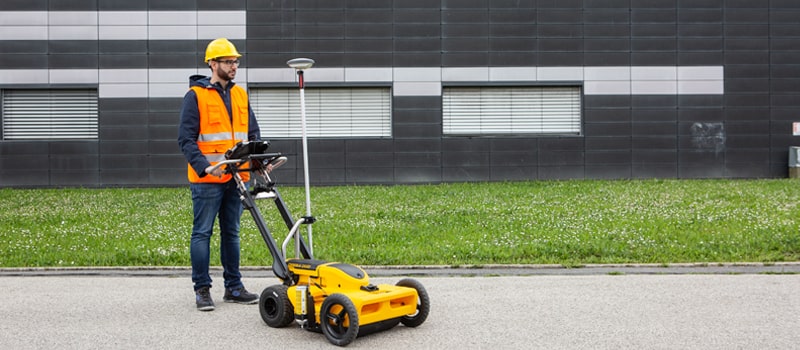Have you ever found yourself in an unfamiliar city without your phone? If you’re like me, it’s happened more than once. Sure, Google Maps has saved my hide more than once, but if you use GPS utility mapping software, you don’t need to worry about access to the internet or cellular service ever again!
Here are five ways that using GPS utility mapping can be incredibly helpful even when you aren’t traveling far from home.
1: CoPilot GPS

Have you ever been driving with a friend and asked him to help you find your way? If so, then you know how difficult it can be to navigate in unfamiliar territory. Fortunately, with CoPilot GPS software on your smartphone or tablet, you won’t have to worry about that ever again. Using a combination of maps and audible turn-by-turn directions, CoPilot helps you get from point A to point B even in unfamiliar areas. Navigating has never been easier—or safer! For example, once you’ve plugged in your destination into CoPilot, it will take into account road construction or accident reports along your route and reroute appropriately—and its 3D landmarks feature even lets you know when your next turn is coming up.
2: Track My Journey
You don’t have to worry about missing a turn or taking too many right turns. You’ll know exactly where you need to go and how long it will take to get there. And as you do, you can even mark favorite destinations like restaurants, gas stations and parking lots, making them easier for friends and family to find as well. GPS utility mapping also keeps drivers from wandering too far off course; if they veer too far into another street or forget a turn completely, GPS will reroute them accordingly. There’s no reason for your car to be stuck in traffic—make sure yours always finds its way with GPS!
3: Waze
Waze, or other GPS utility mapping programs, can tell you how to get around town on public transportation. Let’s say you want to go from Los Angeles International Airport (LAX) to Santa Monica. Waze tells you which line to take and when, so it’s easy to integrate your travel time into your schedule. Plus, if there are any delays or service changes affecting your trip, they will be highlighted in real-time with clear instructions of what you need to do—giving you more confidence that your plans won’t have a hiccup because of traffic or unexpected issues with public transit.
4: Navmii GPS Navigation & Maps

Navmii GPS Navigation & Maps uses your phone’s internal GPS receiver to find your current location. Then, it allows you to navigate between different locations. Navmii provides voice-guided navigation, including one-click waypoint search, lane guidance and speed camera alerts. You can download maps for offline use so you’ll never get stuck without service again. And if you want to share your route with others, Navmii lets you send directions through email or text message so friends and family can follow along with real-time updates on their own phones!
5: Google Maps (Free!)
Google Maps is one of my favorite GPS utility mapping resources. The app allows you to search for a location and find your way there on a street-view enabled map. It’s fast, easy to use, and completely free. If you know where you’re going and just need to get there as quickly as possible, Google Maps can’t be beat. A word of warning: on maps that rely on data from your phone carrier (as opposed to satellite imagery), accuracy may not be as good as you would like so it may be worth paying for a more robust service such as those offered by TomTom or Garmin—but if all you want is a quick estimate of travel time or distance, Google Maps does its job well enough. And did I mention it’s free? Can’t go wrong with that!
The interface is relatively intuitive; look at any point on a road and click Get Directions (the blue navigation symbol) to get step-by-step directions between your current location and wherever you’re pointing. For example, looking at Starbucks off Walnut Street in Chicago gives me these directions: Continue 1 mile.


